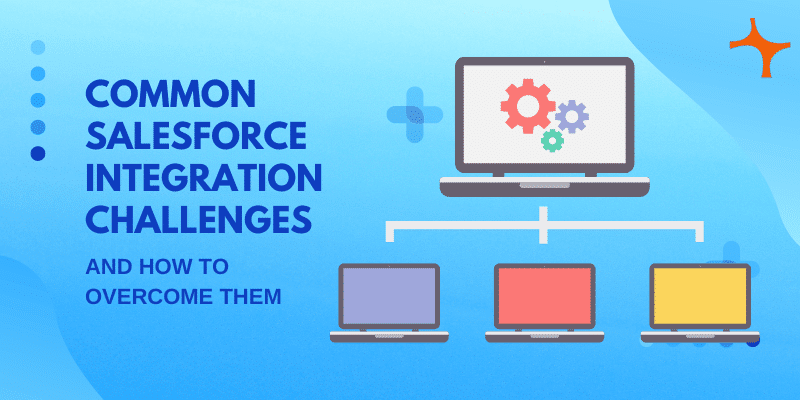AUTHOR : SELENA GIL
DATE : 15/12/2023
Introduction
In the rapidly evolving landscape of e-commerce and digital transactions, seamless payment processing stands as a cornerstone for businesses. Payment platform integration has emerged as a vital strategy, enabling companies to elegant transactions, enhance user experience, and boost revenue streams.
Understanding Payment Platform Integration
Payment platform integration refers to the process of make fast various payment methods and gateways to a business’s infrastructure, allowing for smooth and secure transactions. It involves linking multiple systems, from online stores to financial institutions, to facilitate efficient payment processing.
Benefits of Payment Platform Integration
Streamlined Transactions
Integrating payment platforms centralizes[1] transaction processes, reducing complexities and enhancing efficiency. This smooth enhances customer satisfaction by offering convenient payment options.
Key Factors to Consider Before Moving Forward with Integrating Payment Platforms
Compatibility and Scalability
Choosing a payment Gateways compatible[2] with existing systems and capable of scaling with business growth is crucial for long-term success. Evaluating the cost structure, transaction fees, and additional charges of different platforms helps in making informed decisions aligned with the business budget.

Popular Payment Platforms for Integration
From industry giants like PayPal and Stripe to specialized platforms like Square and Braintree, a multitude of options cater to diverse business needs.
Steps to Successfully Integrate Payment Platforms
- Assessment of Business Needs: Identify specific requirements and functionalities needed from the payment platform.
- Selection of Suitable Platform: Based on needs, choose a platform that aligns with the business model and customer preferences.
- Integration Process: Collaborate with technical experts for a seamless integration process without disrupting ongoing operations.
- Testing and Optimization: Thorough testing ensures smooth functionality and user experience, followed by optimization for better performance.
Security Measures in Payment Platform Integration
Implementing encryption, tokenization, and compliance with industry standards like PCI DSS ensures data security and builds trust with customers. Integrating diverse systems and platforms often poses technical challenges, requiring expertise and meticulous planning to overcome.
Compliance and Regulations
Adhering to stringent regulations and compliance standards adds complexity to integration processes[3], necessitating continuous monitoring and adaptation.
Future Trends in Payment Platform Integration

Rise of Contactless Payments
With the evolution of technology, contactless payment methods[4] using NFC and mobile wallets are gaining prominence, shaping the future of transactions.
Blockchain Integration plainness
The adoption of blockchain technology promises enhanced security and portrait potentially revolutionizing digital payment[5] platform integration. The initial step involves thorough research to identify the most suitable payment platform for integration. Factors like compatibility, cost, and scalability are pivotal in the selection process.
Development and Testing
Once chosen, the integration undergoes development and rigorous testing to ensure seamless functionality and eliminate potential glitches. Moreover, the implementation phase involves carefully integrating the selected platform into the existing system, and subsequently, continuous optimization is carried out to achieve enhanced performance and long-term efficiency.
Common Challenges in Integration
Compatibility Issues

Mismatched software or hardware can pose compatibility challenges, leading to disruptions in the integration process.
Security remains a top concern, requiring robust measures to safeguard against potential breaches and fraud. Adhering to diverse regulatory standards poses a challenge, demanding strict compliance measures to ensure legality and transparency.
Case Studies on Successful Integration
Company A: Seamless Integration Approach
Highlighting a company’s successful integration strategy and its positive outcomes for operational efficiency. Detailing a case study where challenges were met and conquered, showcasing resilience in achieving seamless integration.
Company C: Integration for Scalability
Illustrating a case where integration contributed significantly to a company’s scalability and growth.
Conclusion
Payment platform integration stands as a pivotal strategy for businesses to Simplify transactions, ensure security, and cater to evolving customer preferences. By understanding the nuances and Optimize the right platforms, businesses can unlock new opportunities in the digital landscape.
FAQs
What are the primary benefits of integrating payment platforms?
Integrating payment platforms streamlines transactions, enhances security, and improves customer satisfaction by offering varied payment options.
How do you choose the right payment platform for integration?
When selecting a payment platform, it is essential to carefully consider factors such as compatibility, cost, and security features to ensure it aligns seamlessly with business needs and objectives.
What additional security measures should be carefully planned and implemented throughout the integration process?
Encryption, tokenization, and compliance with industry standards like PCI DSS are crucial for ensuring data security.
What are the common challenges faced in payment platform integration?
Technical complexity, compliance with regulations, and seamless integration across diverse systems are common challenges.
What can we expect in the future of payment platform integration?
The future holds a surge in contactless payments and the potential integration of blockchain technology, promising enhanced security and convenience.

